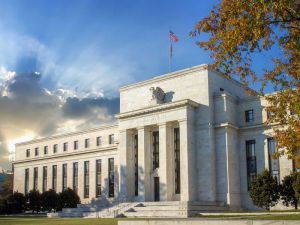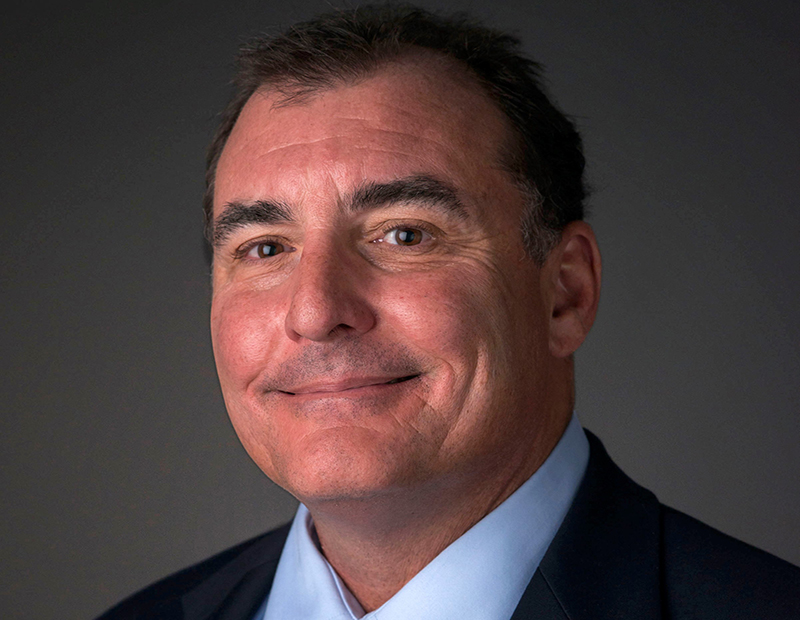CRE Expects a Rate Hike Pause. Here’s What It Means.
The Fed's next move depends on economic data, experts say.
Ahead of the Federal Reserve Open Markets Committee’s next meeting on June 14, many across commercial real estate anticipate a likely, if short-lived pause on interest rate increases. Following the committee’s meeting in May, Fed Chairman Jerome Powell hinted at a pause on rate increases, if data from sources such as the Consumer Price Index, the Employment Cost Index and metrics such as inflation and wage growth allow for one.
With inflation, the root of all recent interest rate hikes, moderating considerably to 4.9 percent since its high of 9.1 percent in July of 2022, an average 40-basis-point increase of the CPI and labor costs rising 1.2 percent over the last quarter, many in the industry anticipate a certain, not implied pause. At the same time, many anticipate another increase in the funds rate in July, which could alter these fundamentals. Either way, it will not be a panacea to the economic conditions that investors, lenders and developers in commercial real estate face.
Timely, if fleeting
Experts near-universally expect a pause, as the encouraging data, coupled with the existing rate of 5 to 5.25 percent factors into the decision-making of lenders, borrowers and employers. “It takes time for these increases to work their way through the system,” explained Bryan Kenny, president & principal of Bandon Capital Advisors. “A pause makes sense given the encouraging data,” he told Commercial Property Executive.
Not only is a pause at the June meeting important for the health of these economic fundamentals, but it would give the Fed time to assess the longer-term impact of previous rate hikes. For Noel Liston, managing broker at Core Industrial Realty, this necessity in itself warrants a pause. “The Federal Reserve is in a precarious position in as much as they need the benefit of time and experience to fully assess the impact of the numerous increases to the federal funds rate over the past year,” he said.
If the foreseen pause on increasing the interest rate does occur, however, many in the industry anticipate another hike in July. This would, in part, be due to inflation not moderating to the Fed’s stated goal of 2 percent, independent of all the other data. Here, raising rates is the only thing they can do.
According to Scott Robinson a clinical associate professor & director of the REIT Center at the NYU Schack Institute of Real Estate, “the data indicates improvement to the inflation situation but most definitely not “‘mission accomplished,’” he noted. Upon viewing the projected data, the Fed is likely to raise rates once again. “The sentiment is for a near-term pause but with another hike likely after that,” Robinson said.
Tempered expectations
Despite the positive industry sentiments that a pause would bring about, it would only be one ingredient necessary to giving commercial lenders and investors the confidence and predictability necessary to close on deals.
Conversely, a month of paused rates followed by a resumption of increases would not give lenders the stability that they are looking for. Rebecca Rockey, deputy chief economist & global head of forecasting at Cushman & Wakefield, emphasizes the importance of “clarity;” consistent, long-term trends for macroeconomic data combined with the Fed pausing on increasing its funds rate as the key catalyst for warming sentiments. “It is month by month at this point,” she said.
READ ALSO: CRE Brokers Power Through Decline in Deals
Though the improvements to inflation are significant, they are not enough, and will not be for several months at the earliest. “What we probably need to see are multiple months of inflation coming down, consistent with labor force growth and thus no additional tightening,” Rockey explained. This, combined with the paused rates, would lighten sentiments on part of the lenders. “Once we have a pause and incoming data that looks like things are heading in the right direction in a sustainable manner, then I think we’ll see things accelerate in the CRE space,” she said.
The biggest enemies toward deal-making are volatility and uncertainty within the macroeconomic outlook itself, which cannot disappear overnight. This waiting game is measured in months, with some in the industry seeing simple numerical impossibilities in deal-making; bid-ask spreads alone could take months to narrow. Jahn Brodwin, senior managing director of the Real Estate Solutions practice at FTI Consulting, sees this as the case. “Some time will still need to pass before confidence returns to the marketplace for transactions to resume in earnest and the bid-ask spread narrows—perhaps by end of third or fourth quarter 2023,” he explained to CPE.
Robinson agrees and advises deal-makers to make deals only considering the current lending environment. “Given the number of factors influencing financial conditions, real estate participants need to remain focused on living within the current environment for the foreseeable future,” he said.
Winners and losers
The deals that do end up penciling out, usually in the hands of highly selective lenders, are dependent on asset class, location and NOI safety. Here, the long-time industry winners and losers remain so. “It’s very property-type specific,” detailed Trepp’s research director, Stephen Buschbom. “Office is unlikely to see much of an uptick in deal flow while industrial and multifamily could benefit the most.”
Within these deals, lenders are likely to underwrite based on current market fundamentals, which could vary widely given the market’s extant volatility. “If investors believe that the Fed’s actions have gone too far, tipping us into a severe recession, odds are that those investors will command a higher cap rate to compensate for their perceived risk in the CRE fundamentals,” Kenny explained. “Conversely, if they feel that the Fed can navigate a “soft landing” or mild recession, it may push them to jump in sooner,” he added.
Success in this environment is not only dependent on asset specifications and the sentiments of lenders, but by the capabilities and resources of the buyers. Concurring with Buschbom’s assessment, Rockey said, “(It) means that unleveraged buyers with ample liquidity still have a unique period to target some opportunistic and value-add deals, where they come available.” However, this is only for a limited time. “When certainty returns and as a recession recedes, that window will vanish quickly,” she concluded.
Some deals may even be long-term bargains, especially if prices rise when Rockey’s window of opportunity for some buyers closes. “There is a reasonably good probability that in 2024 or 2025, rates will come down off the peak,” Brodwin detailed. “So, it may be viewed as a good time to buy now when prices hit bottom and refinance opportunities will be around the corner,” he concluded.








You must be logged in to post a comment.